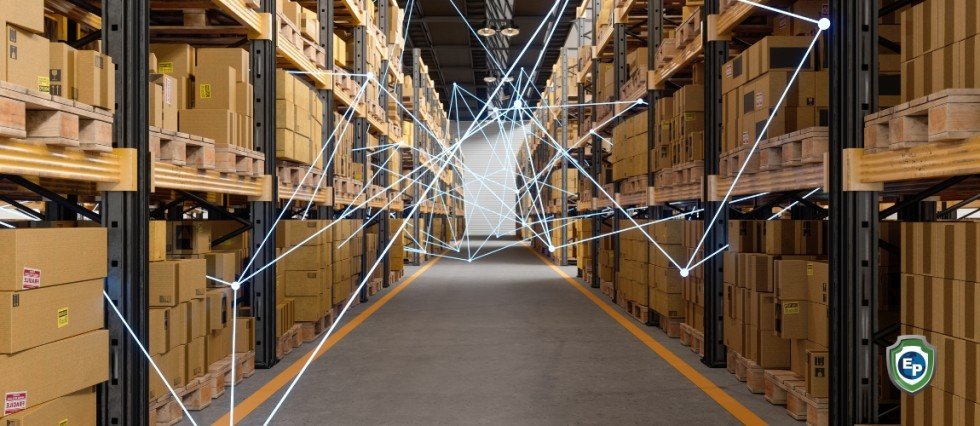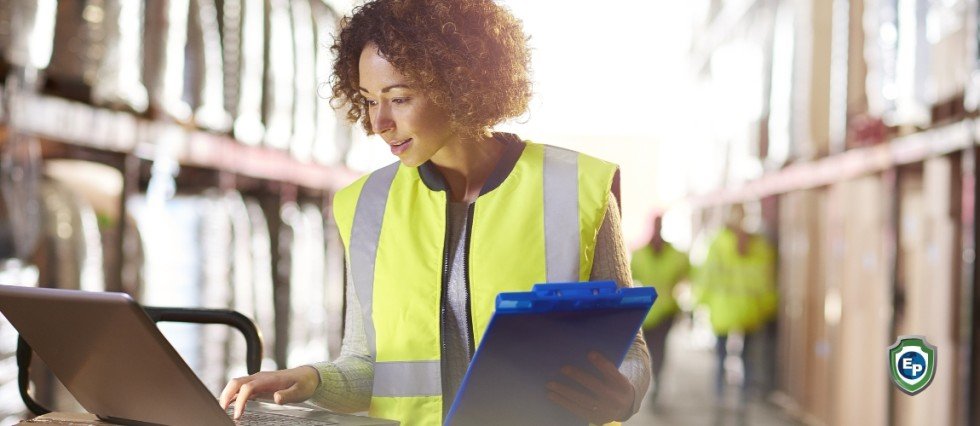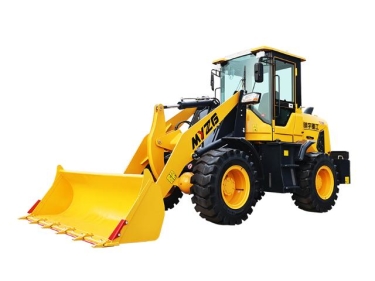The Future of Warehousing: Technology Is the Answer
From automation to big data, the time has come for cutting-edge technologies in warehousing, and AI will help forecast and drive smarter decision-making in the warehouse’s overall operations. Come check our article to learn more.

In the age of omnichannel, with their promise to serve all consumers with what they want when they need it, warehouses and distribution centers have become more central to the competitive equation of the supply chain.
In a broader picture, logistics innovators are investing in technology to cut costs, speed up delivery times, and improve efficiency. Consequently, the warehouse innovations will be ready in the coming years, indicating what the market leaders are processing today to ensure they won’t be left behind.
Automation
Automation is definitely the best way to boost warehouses operations, and in the next few years, every stage of warehouse infrastructures will likely have some form of automation.
In addition to automated conveyors and sortation systems, which have been staples in warehouse infrastructures for decades already, experts are predicting that shuttle systems will also be underway for the transportation of items in pallet racking by replacing the need for a traditional/manual forklift to retrieve totes, trays, or cases.
Moreover, drones are expected to have a significant role in the future of warehousing, specifically in aiding inventory control by flying above warehouse floors to read RFID tags. Even though there are still some safety concerns delaying the immediate integration of drones in warehousing, the continual developments of the technology suggest that we’re not too far away from seeing them introduced.
Considering that repetitive tasks can be mechanized quite easily, there are many reasons to be hopeful for what other types of automation could apply to warehouse infrastructures and the benefits that they could bring.

Big Data & AI
Big data and machine learning have revolutionized many industries since their proliferation in the early 2000s, and they likely do the same in warehousing.
Order and inventory accuracy, as well as fulfillment time, are all Key Performance Indicators (KPIs) that could develop through the use of Artificial Intelligence (AI). AI can also evaluate more general drivers that may affect a warehouse’s overall performance, including safety, facility damages, and employee productivity. Using this aggregated data, AI can start automating tasks, collecting the necessary information, and making decisions independently.
Furthermore, many experts believe that more advanced metrics will come into play as well, such as predictive analytics, which will help forecast and drive smarter decision-making in the warehouse’s overall operations. Predictive analytics will help evaluate demands for warehouse space, plan inventory location, respond to supply chain issues, and reduce risks associated with more complex supplier networks.
It’s clear that the future of warehousing is bright, with plenty of exciting technologies currently in use and on the horizon. The industry’s willingness to constantly evolve is truly admirable, with interest in automation, big data, and AI at an all-time high.
Stay in the Loop with Export Portal
Export Portal is a global trade platform based on a blockchain network, working to connect businesses from all over the world and facilitate trade. For more information, make sure to check out our site and stay connected!


















Comments 2